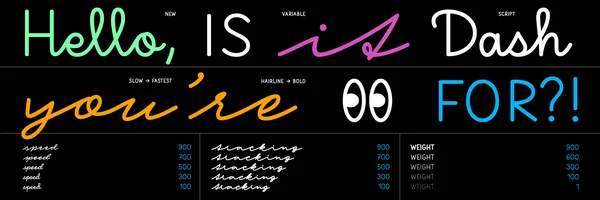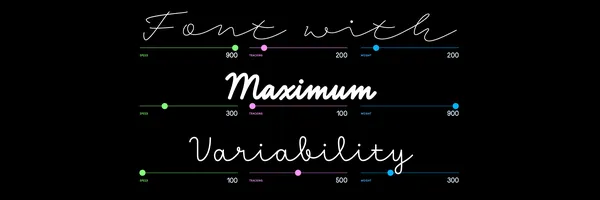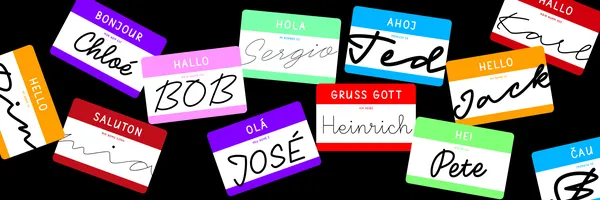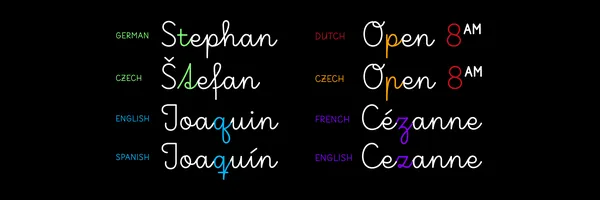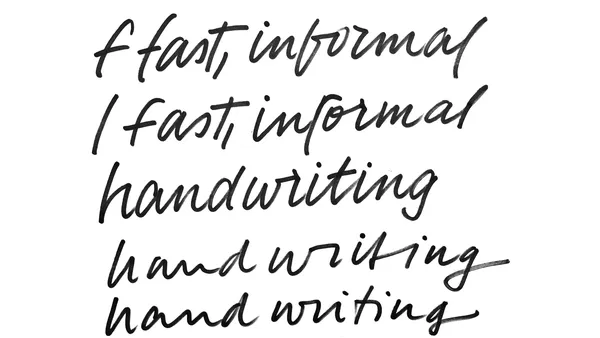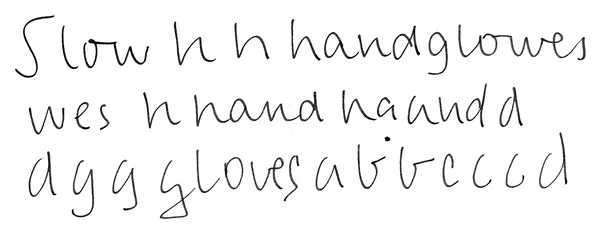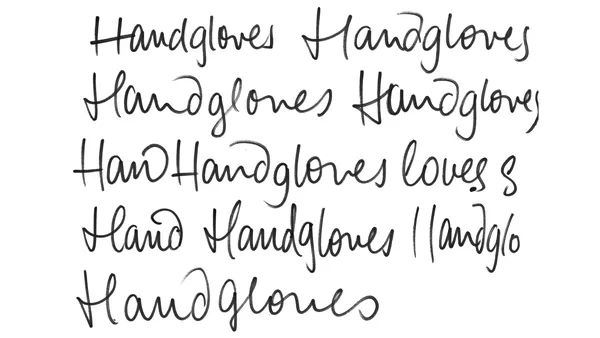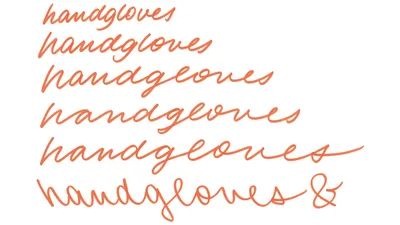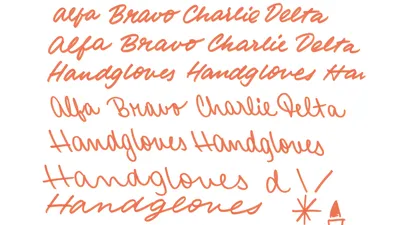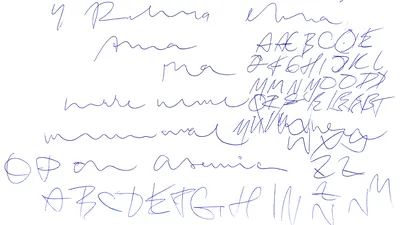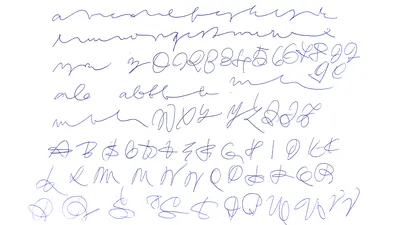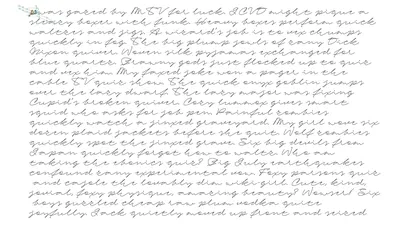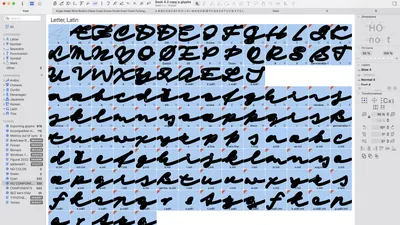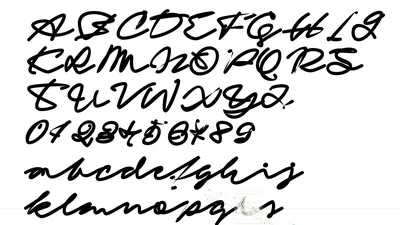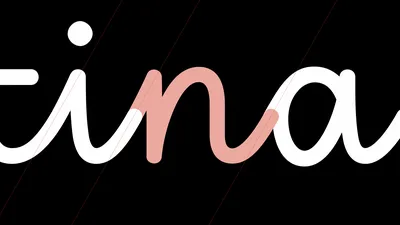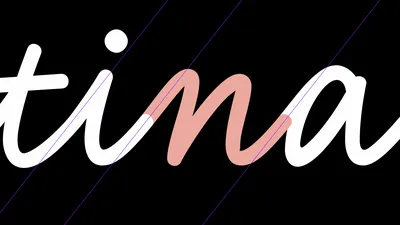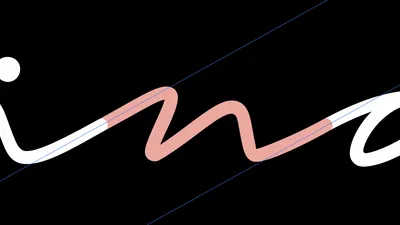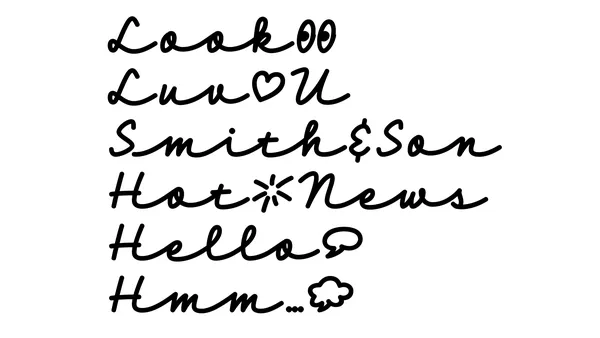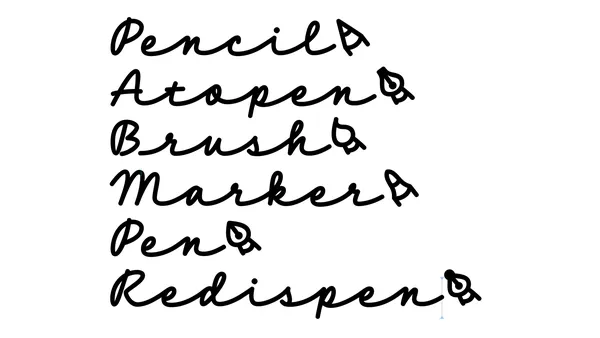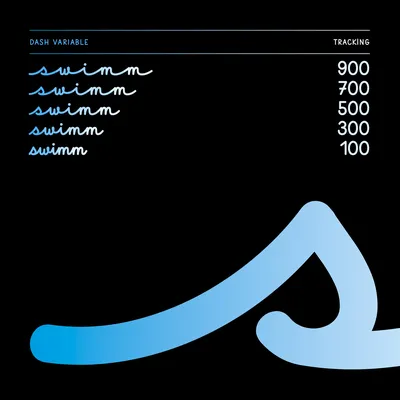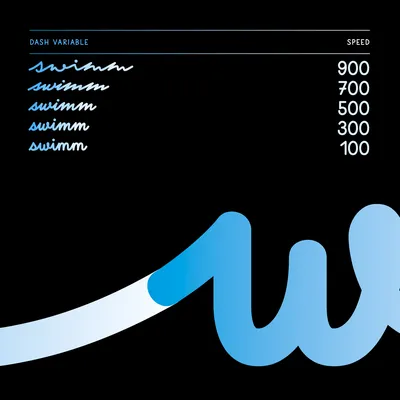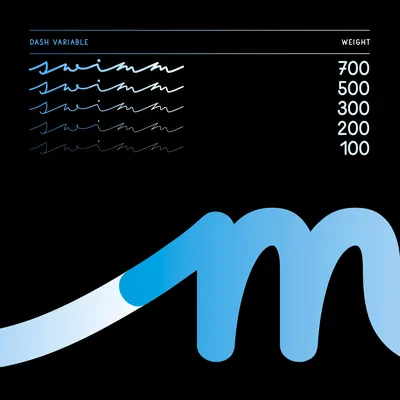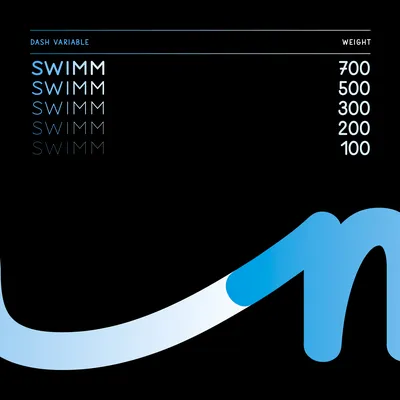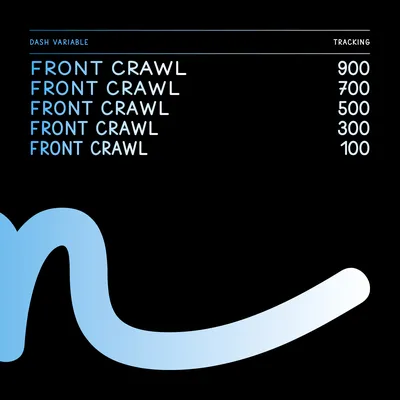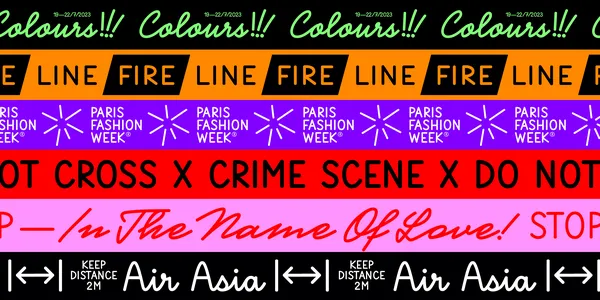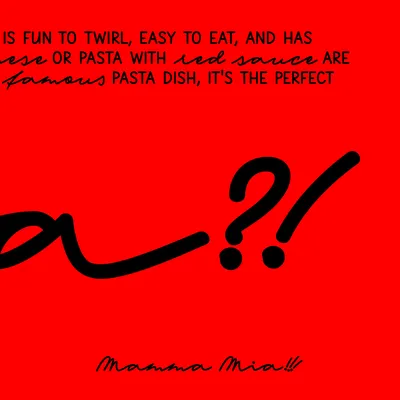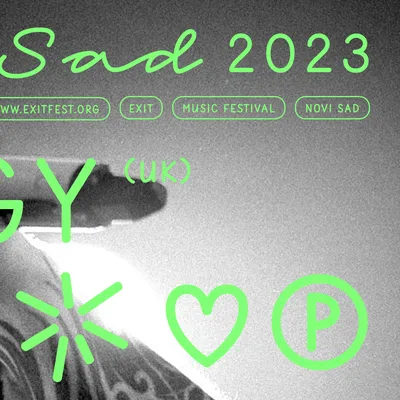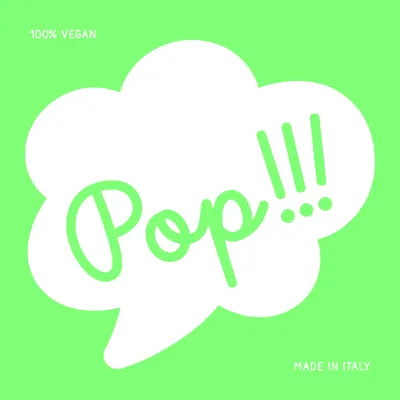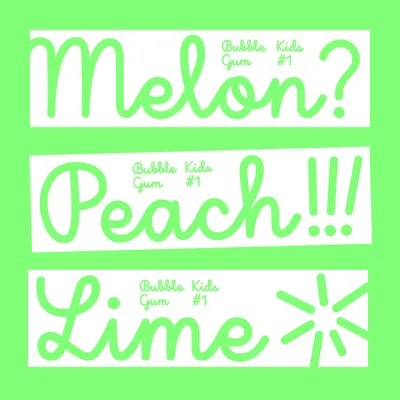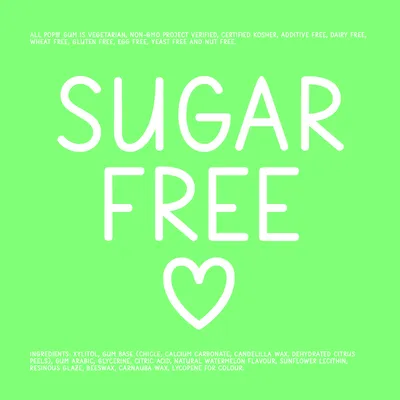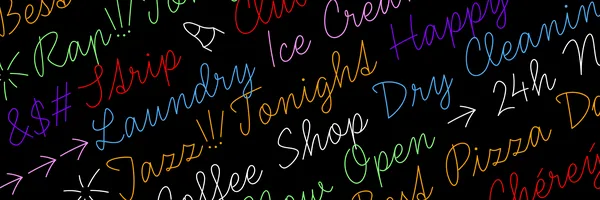Dash, a typeface with different speeds and expressions
Dash is the ultimate handwriting typeface system with three variable axis that makes full use of variable expression. It is a connected script typeface that comes in four speeds of writing. Dash emulates how handwriting evolves over time into a personal expression of an individual. For the user, this means that the speed of writing can gradually be increased, turning a generic model of writing into a highly distinct and expressive kind of handwriting, whereby the letters are stripped down to their essential forms. Dash also allows for variation in the intervals between letters, and this too can be changed by the user. Finally, as is expected from today’s fonts, the weight of the type can be controlled, simulating different writing pens.
It was an extraordinary pleasure to collaborate on this complex project with Peter Biľak, founder of Typotheque and main figure behind entire project, a French researcher and writer Sébastien Morlighem who documented writing models and their evolution from the beginning of compulsory education in different countries, and a cognitive psychologist Héctor Mangas Afonso who created an in-depth study of local preferred forms of writing.
Read the full article at Typotheque blog

